Arabic Art Biography
Source:- Google.com.pkBetween 1949 and 1961, when Egypt – and the Middle East – was struggling for freedom and identity, caught between Nasserist pan-Arabism and Leftist nationalism, the young Ahmed first began to acquire and display his keen eye for detail and that peculiar sense of freedom and a flexibility that reveals the creativity and spontaneity of the calligrapher.
Throughout his formative years, his tutors at primary and secondary level in Alexandria must have noted with keen anticipation and pleasure Ahmed’s pursuit of knowledge and use of scant resources. They were not to be disappointed.
Ahmed’s prodigious talent and ability to realise his vision enabled him to enter the Faculty of Fine Arts and Architecture at the Department of Painting and Stage Design of Alexandria University in 1961. Six years later, he graduated with a BA honours with "Highest National Distinction in Fine Arts".
Alexandria was a hive of activity between 1966 and 1973 and Ahmed was certainly both prolific and prominent. He scooped the Egyptian Festival of Education Prize, followed by 2nd Prize in Painting at the 8th Biennale of Alexandria in 1968, and First Prize in Sculpture at the 10th Biennale of Alexandria in 1973. During this period the artist also represented Egypt in most national and international exhibitions and took part in his own one-man and group shows in Cairo and Alexandria. These works were observed to be of a "classical occidental style".
Pivotal migration
In Alexandria, his hometown, Ahmed was engaged as a full-time lecturer on composition and technology in painting, and stage design at the Faculty of Fine Arts in Alexandria University, but the young man was acutely aware that a much broader horizon lay ahead. In 1974, he was granted sabbatical leave as an Egyptian delegate for Special Advanced Studies in Printmaking at the Central School of Art and Design in London, a migration that was to prove pivotal: in 1978 he secured an MA with distinction in Graphic Design. That same year he was awarded a grant by the British Council to continue research work for a PhD thesis on "The Scientific Foundation of Arabic Letter Shapes", again at the Central School of Art and Design, in collaboration with the British Museum.
Ahmed had in fact, had no respite from a seemingly inexhaustible itinerary: in 1974, he featured prominently at a summer exhibition at the Royal Academy in London, followed by a group show 12 months later at King’s College, Cambridge, where his works included original paintings whose themes pronounced a strong Islamic culture; more group shows in 1976, at the Central School of Art and Design and the Whitechapel Art Gallery, east London; and in 1978, a personal exhibition at the Embankment Gallery in London.
Ahmed could not have predicted then that over the next two decades he would exhibit in places as renowned and widespread as the Ashmolean Museum, Oxford, and Al 'Ain University, United Arab Emirates, or hitherto uncharted territory such as the Musee Rath in Geneva, Switzerland, and the Pontificia Universitas Gregoriana in the Vatican. [TOP]
In pursuit of proportion
In 1978 Ahmed embarked on an M. Phil research, which he completed in 1980, on progressive investigation to provide logical and coherent explanation of the true significance of the term "proportioned script" (al Khatt al-Mansub, Ibn Muqla – 272-328AH/886-940AD). This was no mean feat: the legibility of a text and the beauty of its line require rules of proportion that have never been adequately explained. No detailed study of this topic exists in print thus far.
In The Science of Arabic Penmanship and Islamic Aesthetics, authored jointly with Dr Stefan Sperl, senior lecturer at the SOAS, London, Ahmed aims to produce – for the first time – a comprehensive analysis of Ibn Muqla’s theory. The key objectives include an examination of the origins of proportioned script in the cross-cultural encounter between Greek learning and the traditions of classical Islam; a demonstration of its practical application and a detailed illustration of its geometrical rules; and a reappraisal of its wider implications for the visual, as well as verbal and aural arts of Islam. Ahmed and his co-authorl even explore the geometrical dynamics of calligraphy – juxtaposed with the status of the pen – and their influence in classical Arabic music theory. Placed in its historical and cultural context, Arabic penmanship reveals a monumental influence in the entire artistic tradition of Islam – and beyond.
Seminal role
A ninth century vizier and scribe, Ibn Muqla's theory codified the geometrical laws governing the cursive Arabic script known as nask – which is the one commonly in use today. The rules of proportion are based upon the size of the alif, the first letter of the Arabic alphabet – and the ‘dot’, which is the unit of measurement in calligraphy. The height of the alif varies in the number of dots it contains. Three elements – the height of the alif, the width of the alif, and the grid itself – become the basis of proportion. Ibn Muqla's time-honoured criteria have been followed for over a thousand years but Ahmed explains how the code is no longer easily understood. In his remarkable research, he realised that the grid implied in Ibn Muqla's code is indispensable for the purpose of correctly executing the directives concerning the tracing of the letter shapes. The dot has a seminal role: the nib of the pen must be cut to an exact angle and this in turn conditions the correct manner of holding and moving the pen. The same conditions govern the size of the pen and the paper to be used.
Thus Ahmed's fresh reappraisal of the science of Arabic penmanship illuminates not only the geometric principles that underpin the visual harmony of all Islamic art and architecture at a conceptual level, but at a practical level also the terminology, practice and construction of letter shapes of the Arabic script and their variants. In fact, The Science of Arabic Penmanship and Islamic Aesthetics is a definitive reference work on the subject.[TOP]
Emphatic arrival
Between 1980 and 1982, he was also engaged as a part-time lecturer on Arabic Penmanship at Central St Martins College of Art and Design but Ahmed Moustafa emphatically announced his arrival in academia in 1989 when he was awarded a PhD in 1989 by the Council for National Academic Awards. The research should provide a definitive scientific reference for a greater understanding and appreciation of Islamic Art in general and Arabic Penmanship in particular. In fact, his work to explain the Scientific Foundation of Arabic Letter Shapes had involved 11 years of painstaking research.
Teaching now consumes much of the artist’s life. Since 1994 he has been Visiting Professor at the Prince of Wales Institute of Architecture, Visual Islamic and Traditional Arts Department and Visiting Professor at the University of Westminster, School of Languages. Graphic illustrations are part and parcel of his lectures on "Calligraphy – the Sacred Geometry of Islamic Art" in different parts of the world. He conducts workshops and lectures extensively in the UK, Europe, Middle East and North America, and in 1998 he was appointed a Fellow in Islamic Art and Design at the Centre for Islamic Studies, Oxford.
Arabic Art Islamic Art Calligraphy And Architecture Designs Patterns Wallpapers Desktop Wallpapers Hd Calligraphy Wallpapers Calligraphy Canvas Wallpapers Canvas

Arabic Art Islamic Art Calligraphy And Architecture Designs Patterns Wallpapers Desktop Wallpapers Hd Calligraphy Wallpapers Calligraphy Canvas Wallpapers Canvas
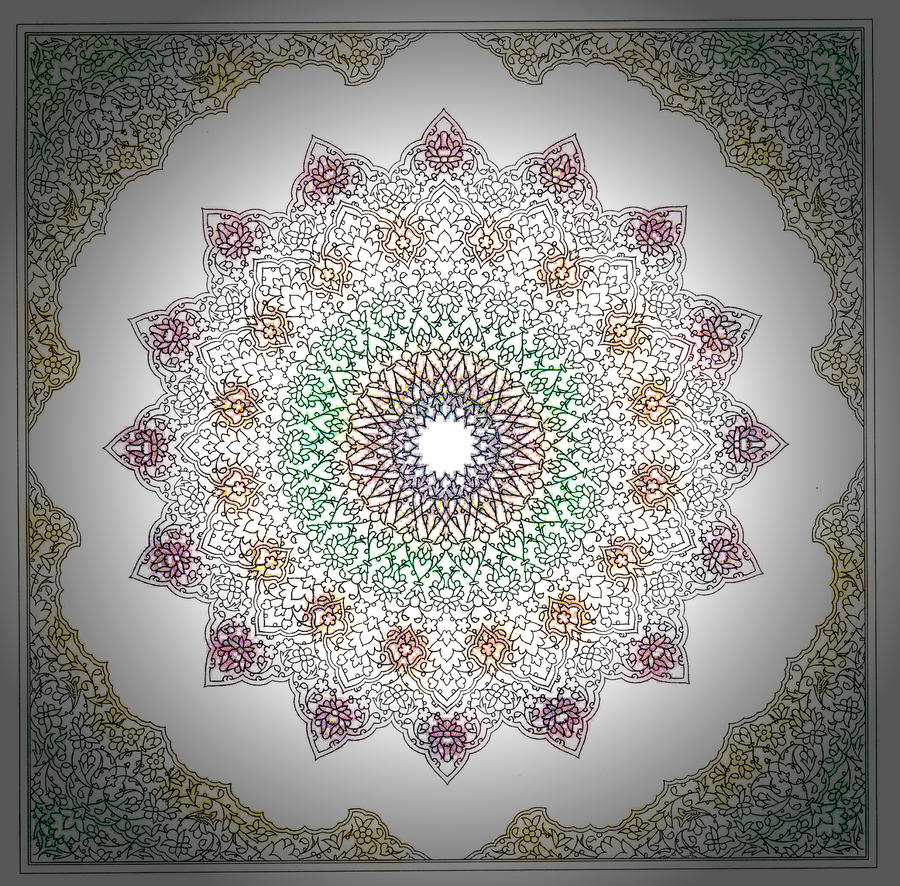
Arabic Art Islamic Art Calligraphy And Architecture Designs Patterns Wallpapers Desktop Wallpapers Hd Calligraphy Wallpapers Calligraphy Canvas Wallpapers Canvas
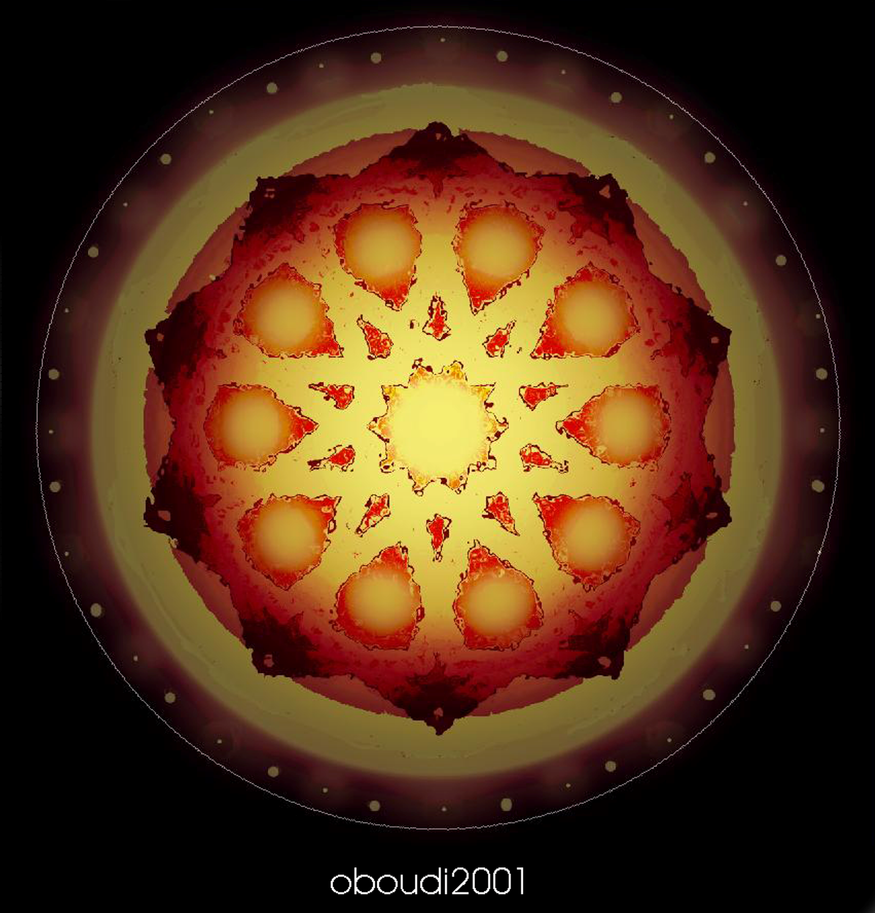
Arabic Art Islamic Art Calligraphy And Architecture Designs Patterns Wallpapers Desktop Wallpapers Hd Calligraphy Wallpapers Calligraphy Canvas Wallpapers Canvas
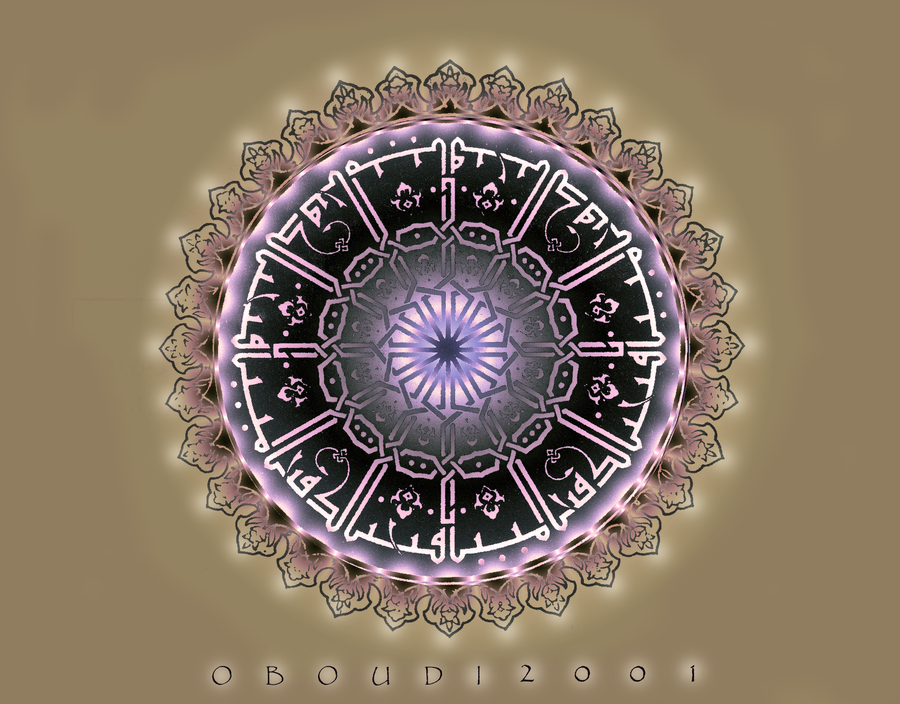
Arabic Art Islamic Art Calligraphy And Architecture Designs Patterns Wallpapers Desktop Wallpapers Hd Calligraphy Wallpapers Calligraphy Canvas Wallpapers Canvas

Arabic Art Islamic Art Calligraphy And Architecture Designs Patterns Wallpapers Desktop Wallpapers Hd Calligraphy Wallpapers Calligraphy Canvas Wallpapers Canvas

Arabic Art Islamic Art Calligraphy And Architecture Designs Patterns Wallpapers Desktop Wallpapers Hd Calligraphy Wallpapers Calligraphy Canvas Wallpapers Canvas
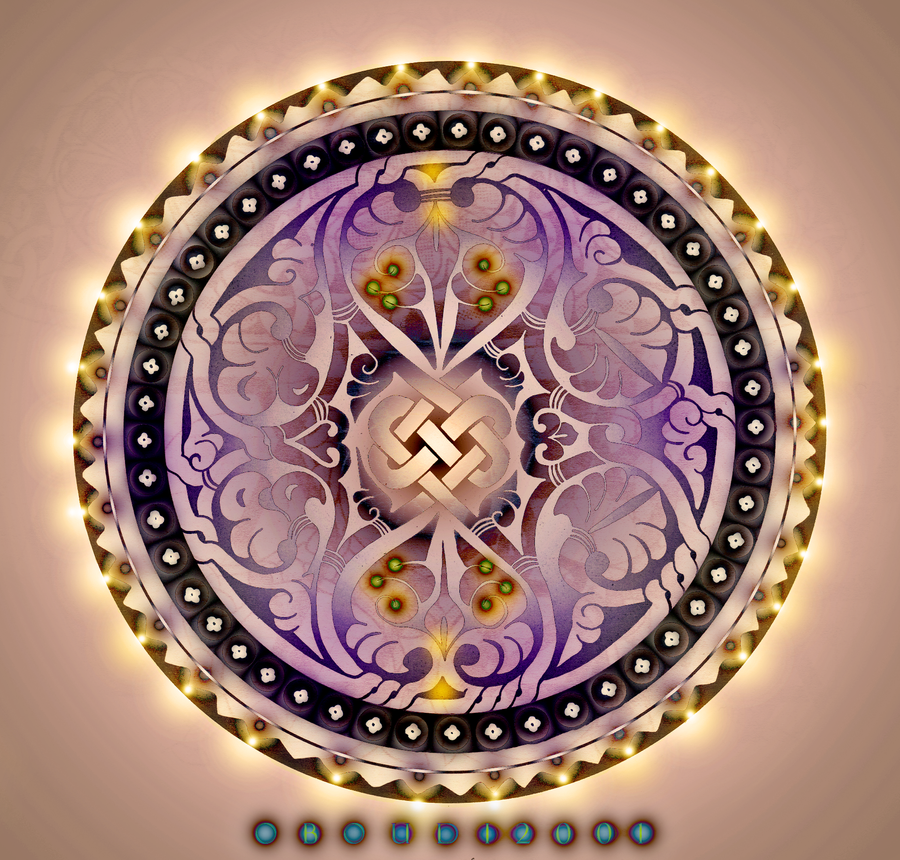
Arabic Art Islamic Art Calligraphy And Architecture Designs Patterns Wallpapers Desktop Wallpapers Hd Calligraphy Wallpapers Calligraphy Canvas Wallpapers Canvas

Arabic Art Islamic Art Calligraphy And Architecture Designs Patterns Wallpapers Desktop Wallpapers Hd Calligraphy Wallpapers Calligraphy Canvas Wallpapers Canvas

Arabic Art Islamic Art Calligraphy And Architecture Designs Patterns Wallpapers Desktop Wallpapers Hd Calligraphy Wallpapers Calligraphy Canvas Wallpapers Canvas

Arabic Art Islamic Art Calligraphy And Architecture Designs Patterns Wallpapers Desktop Wallpapers Hd Calligraphy Wallpapers Calligraphy Canvas Wallpapers Canvas

Arabic Art Islamic Art Calligraphy And Architecture Designs Patterns Wallpapers Desktop Wallpapers Hd Calligraphy Wallpapers Calligraphy Canvas Wallpapers Canvas

Arabic Art Islamic Art Calligraphy And Architecture Designs Patterns Wallpapers Desktop Wallpapers Hd Calligraphy Wallpapers Calligraphy Canvas Wallpapers Canvas

Arabic Art Islamic Art Calligraphy And Architecture Designs Patterns Wallpapers Desktop Wallpapers Hd Calligraphy Wallpapers Calligraphy Canvas Wallpapers Canvas

Arabic Art Islamic Art Calligraphy And Architecture Designs Patterns Wallpapers Desktop Wallpapers Hd Calligraphy Wallpapers Calligraphy Canvas Wallpapers Canvas
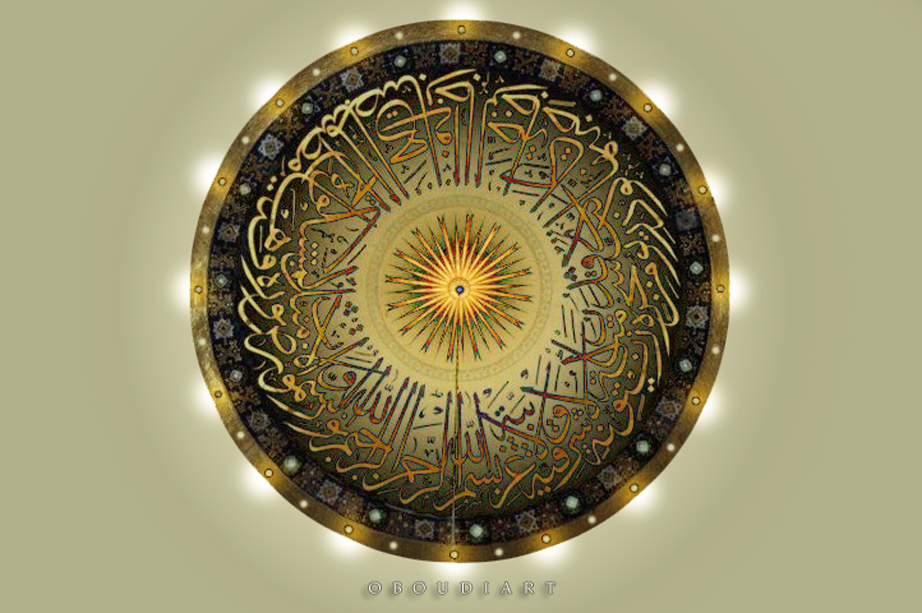
Arabic Art Islamic Art Calligraphy And Architecture Designs Patterns Wallpapers Desktop Wallpapers Hd Calligraphy Wallpapers Calligraphy Canvas Wallpapers Canvas

No comments:
Post a Comment